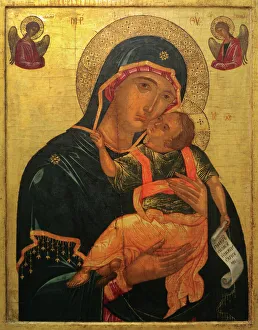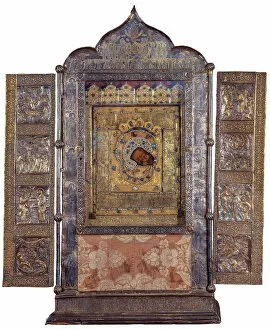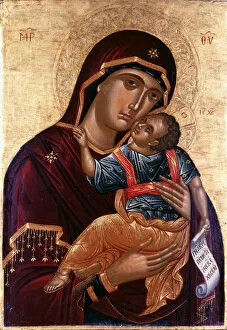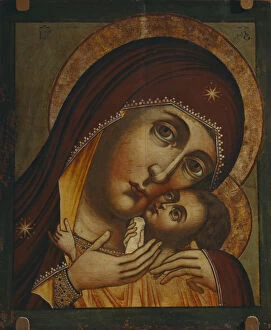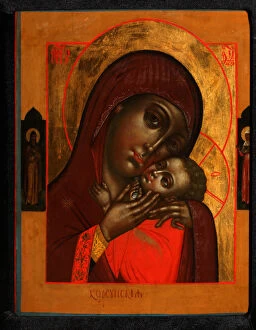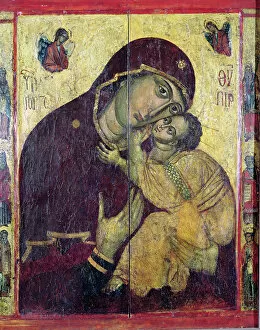Eleusa Collection
Discover the profound devotion and tenderness of the Virgin Mary through these iconic representations
All Professionally Made to Order for Quick Shipping
Discover the profound devotion and tenderness of the Virgin Mary through these iconic representations. From the beginnings of the 12th century with Our Lady of Vladimir, to the 15th-16th century Mother of God (Glykophilousa) of Crete, and the 1609 Our Lady of Tenderness (The Virgin Eleusa) by Emmanuel Lambardos. Witness the Korsunskaya Madonnas from the first half of the 16th, 17th, and early 19th centuries, as well as the Mother of God Assuage My Sorrows from 1796. Delve into the rich history and spiritual significance of these icons, each a testament to the enduring faith and artistic mastery of their creators, be it Greek or Russian, tempera on panel or Russian iconography.

